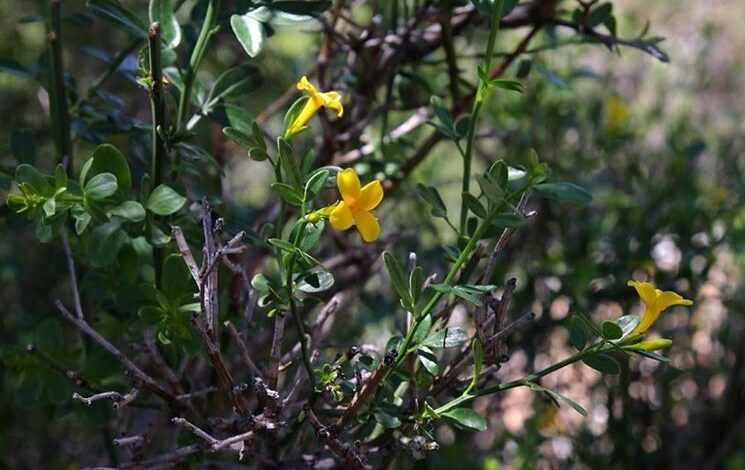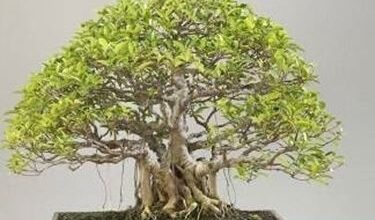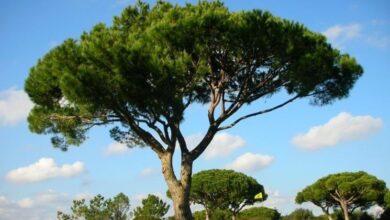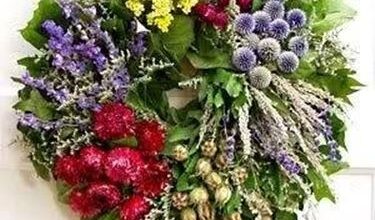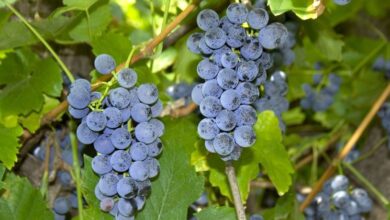The jasmine plant
Jasmine belongs to the Oleaceae family, which includes various species including the olive tree and the ash tree. Originally from Asia, there are now as many as 200 varieties. The term jasmine commonly refers to jasminum officinale. Other species are jasminum fruticans, which grows wild in the Mediterranean area, jasminum grandiflorum (Spanish jasmine), jasminum nudiflorum, jasminum odoratissimum etc. Trachelospermum jasminoides, known as false jasmine or star jasmine, is misleading because of its white, fragrant flowers. The numerous varieties of jasmine can also have very different traits. Some types develop bushy shrubs that can reach a meter in height, others, on the other hand, have a climbing nature and grow up to 15 meters in height. Even the foliage can present various forms from species to species and vary from deciduous to evergreen. Beyond the differences, all the varieties of jasmine resemble each other for the delicate star-shaped flower, distinguished at the base by a thin tubule. The colors range from white to pink and yellow.
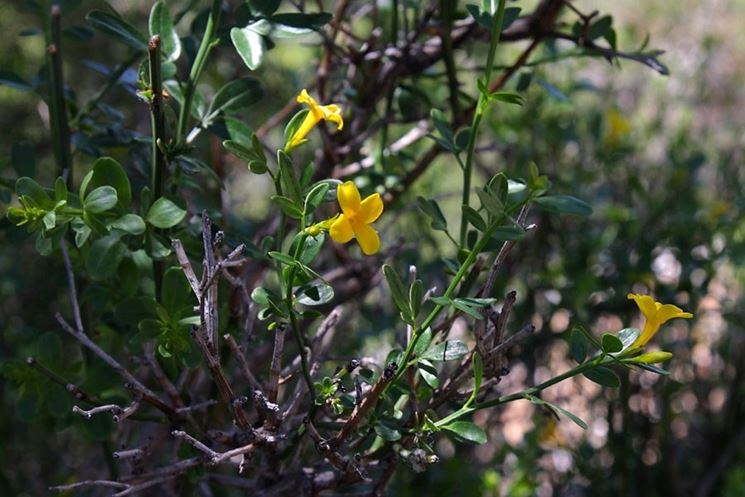
The properties of jasmine
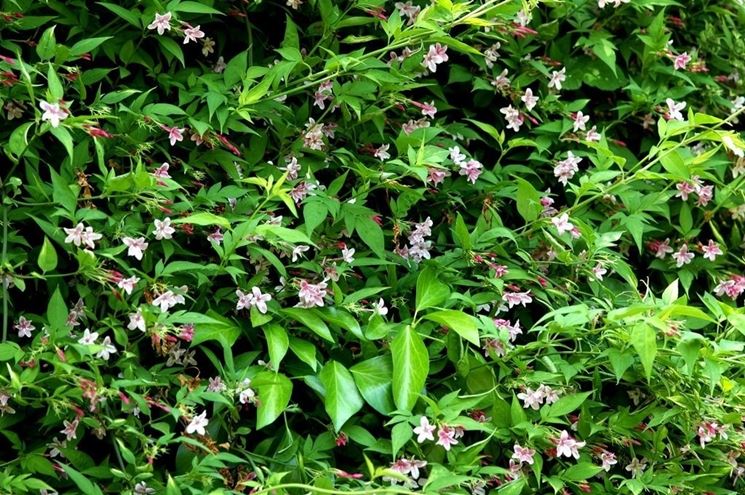
Jasmine is widely used in cosmetics for its unmistakable fragrance. Already in French Polynesia it was known for its cosmetic properties. The natives left the flowers to soak in water and then used this pleasantly aromatic lotion to cleanse the face. They added the variety of jasminum grandiflorum, also known as Spanish jasmine, to the oil with which they traditionally moisturized the body and hair, thus taking advantage of its intense scented notes. It is no coincidence that in the East the jasminum is traditionally considered the symbol of love and feminine sensuality. Less known, however, are the therapeutic properties attributed to jasmine in the medicinal field. In fact, this plant boasts calming, healing, antispasmodic and antiseptic effects. The oil,
The history of jasmine
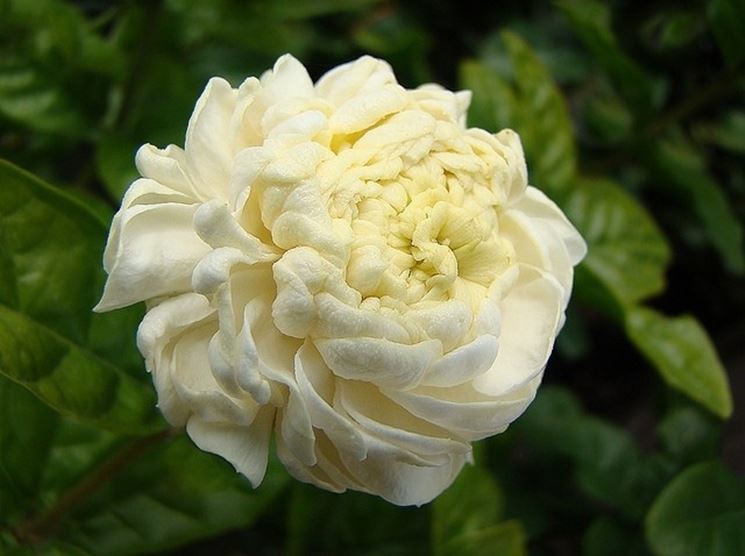
Known for its white and very fragrant flowers, jasmine is actually widespread in 200 different species which also include varieties with yellow and pink flowers. Most of the jasmines are native to Central Asia, others come from Africa and Australia. The only European variety is the jasminum fruticans, which grows as a shrub up to two meters high and between April and June has beautiful yellow flowers. The officinal jasmine was known by the Egyptians and then by the Greeks and Romans, but disappeared in Europe until the fifteenth century when it was again introduced. A separate note deserves the jasminum sambac Granduca di Toscana, which owes its name to Francesco I of Tuscany. At the end of the sixteenth century the Grand Duke received a small plant as a gift from the distant lands of Goa. He cultivated it so jealously in his secret gardens, where he collected other exotic plants, which ended up blooming a sort of legend around this species with a fleshy flower similar to a camellia. At the beginning of the nineteenth century the sambac Grand Duke of Tuscany was so sought after that it was shown off in the buttonhole by the aristocrats of Catania.
In agriculture we mean the part of a plant that is able to develop roots and can therefore be used to reproduce a new specimen. The term cutting then ended up indicating the very technique of vegetative reproduction that allows plants to multiply. A branch with at least one bud is usually used. However, there are variations. We speak of root cutting when the reproduction is obtained from the roots and leaf cutting when the leaves are used. Jasmine can also be multiplied by cuttings. After flowering, a 15 cm long branch should be cut. It is necessary to remove the lower leaves and keep the upper ones. A layer of gravel should be placed in a pot to facilitate drainage, then add sand mixed with the peat. The cutting should be placed in the pot after making a 10 cm hole. It is necessary to water and place the pot in a shaded and well sheltered area. The soil must be kept moist, without overdoing it with water. It is recommended to wait until spring before extracting the new jasmine to transfer it to another pot or to the earth.
